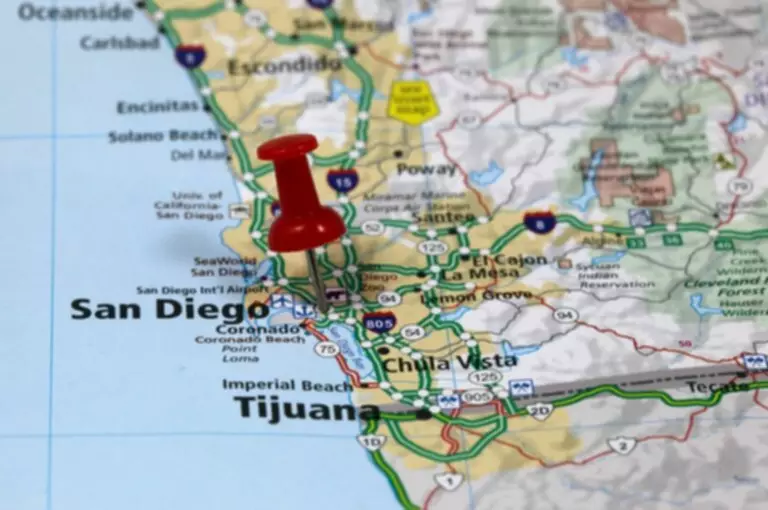Marginal Cost Meaning, Formula, and Examples
Content

Marginal costing has several advantages, and here are a few of them. The first year Ruby was in business, she sold 17 doors for $7,000 each for a total of $102,000. Gain in-demand industry knowledge and hands-on practice that will help you stand out from the competition and become a world-class financial analyst.
- You can calculate it by adding Direct Material cost, Direct Labor Cost, & Manufacturing Overhead Cost.
- Producing goods costs money, so you don’t want to overproduce and not see a return on the investment.
- To determine the changes in quantity, the number of goods made in the first production run is deducted from the volume of output made in the following production run.
- By calculating the marginal cost (we’ll describe how to do that below), you can make a decision about whether to increase production.
- As a result, the socially optimal production level would be greater than that observed.
The marginal cost curve graphically presents the relationship between the marginal cost incurred by a firm in the production of a good or service and the quantity of output produced by this firm. Marginal cost is the additional cost of producing one more unit of a good or service. In other words, the change in the total cost for production when you decide to produce one more unit of a good is the marginal cost of producing that extra unit. Performing a marginal cost analysis allows your company to maximize profits by ensuring you produce enough products to meet demand without overproducing. It also helps you price products high enough to cover your total cost of production. In the first year of business, his total costs amount to $100,000, which include $80,000 of fixed costs and $20,000 of variable costs. For some businesses, per unit costs actually rise as more goods or services are produced.
Decisions taken based on marginal costs
Therefore, (refer to “Average cost” labelled picture on the right side of the screen. The marginal cost curve represents the relationship between marginal cost and the ______ produced by this firm. ________ ____ is the change in total cost caused by producing one more unit of product. We are not dividing the total cost itself by the number of total units produced to find the marginal cost. Marginal Cost is the change in total cost caused by producing one more unit of product. In Figure 1, we can see the marginal cost function, which illustrates how the marginal cost changes with different levels of quantity.

In this simple example, the total cost per hat would be $2.75 ($2 fixed cost per unit + $0.75 variable costs). Variable costs change based on production levels, so producing more units will add more variable costs.
Example of marginal cost
In other words, it reduces the price so much that it no longer makes a profit on it. Usually, a firm would do this if they are suffering from weak demand, so reduce prices to marginal cost to attract customers back. If we look at the prior example, Business A went from producing 100 cars to 120. Therefore, the change in quantity would be the new quantity produced , minus the old quantity produced . For example, Business A produces 100 motor vehicles that cost $10,000 each, bringing the total cost to $1,000,000 or $1 million for short.
What defines marginal cost?
The marginal cost refers to the increase in production costs generated by the production of additional product units. It is also known as the marginal cost of production. Calculating the marginal cost allows companies to see how volume output influences cost and hence, ultimately, profits.
This distance remains constant as the quantity produced, Q, increases. A change in fixed cost would be reflected by a change in the vertical distance between the SRTC and SRVC curve. Any such change would have no effect on the shape of the SRVC curve and therefore its slope MC at any point.
How to Calculate Marginal Cost
However, if the selling price is lower than the marginal cost, then losses will occur. The marginal cost curve shows how the cost of producing one more unit depends on the quantity that has already been produced. The point where the marginal cost curve intersects the average total cost curve shows the minimum-cost output.
How do you calculate marginal cost in Class 11?
Marginal cost = (Change in cost) / (Change in quantity)
The change in quantity is the increase or decrease in the volume of production.
The gradual reduction in the marginal revenue from $5k to $2k by the end of Q-4 reflects the law of diminishing returns, wherein the marginal benefits decline as more units are produced. Beyond the point at which the revenue received by the sale of each extra unit of output is positive, the marginal benefit soon becomes detrimental, resulting in fewer profits . Conceptually, https://simple-accounting.org/ marginal revenue represents the additional revenue from the sale of another unit of output, i.e. the extra revenue brought in from each sale. Using the CPO model for internet advertising has multiple benefits. One advantage is that you only have to pay for actual transactions. There are no further expenses besides the costs for the production of your ad materials.
In every company, the quantity of some required resources will not change with the level of production. Plotting your data on a curve allows you to determine what production level would be most cost-effective for your business. For example, if you have to hire another team member to produce 800 widgets, that might increase your marginal cost to $0.52. Capital expenditures such as equipment would typically be fixed costs. The amount you pay each month to lease your business space would also be a fixed cost. Deduct the number of units in the first production run from the number of units in the second production run.
2022 Autumn Statement Analysis – FTI Consulting
2022 Autumn Statement Analysis.
Posted: Thu, 17 Nov 2022 23:38:24 GMT [source]
If the hat factory was unable to handle any more units of production on the current machinery, the cost of adding an additional machine would need to be included in marginal cost. The 1,500th unit would require purchasing an additional $500 machine. In this case, the cost of the new machine would need to be considered in the marginal cost of production calculation as well. The cost per order allows you to assess the success of your ad campaigns. If you spend 200 dollars for a well-written and designed newsletter that leads to only a few conversions, this indicates that the campaign might have its weaknesses.
How to Calculate Marginal Revenue (Step-by-Step)
Variable costs refer to costs that change with varying levels of output. Therefore, variable costs will increase when more units are produced. Notice that the change in the total cost of production is equal to the change in variable cost because the fixed cost does not change as the quantity produced changes. So, you can also use the change in the total variable cost to calculate the marginal cost if the total cost is not given, or if a change in variable cost is easier to calculate.
- For a business with economies of scale, producing each additional unit becomes cheaper and the company is incentivized to reach the point where marginal revenue equals marginal cost.
- So, because the tangent line is a good approximation of the cost function, the derivative of C — called the marginal cost — is the approximate increase in cost of producing one more item.
- The change in total cost is therefore calculated by taking away the total cost at point B from the total cost at point A.
- To calculate marginal cost, divide the change in production costs by the change in quantity.
- Therefore, the slope at the top or turning point of this concave function must be zero.
Businesses can achieve a constant marginal cost when the required elements for production are at fixed or relatively stable values. Generally, it takes time to reach this level, which is why many manufacturers try to ramp up production capabilities as quickly as possible. Larger production output can help businesses reach better pricing tiers and have more stable costs in order to calculate marginal cost for raw materials. Constant marginal cost means that the increased cost of production is the same for every unit. In that case, finding the total cost is simply a matter of finding the marginal cost increase for two units and multiplying by the total number for production. Cost per unit for every additional unit when a company increases production of an item.







